A timeline of the Iran-Israel war
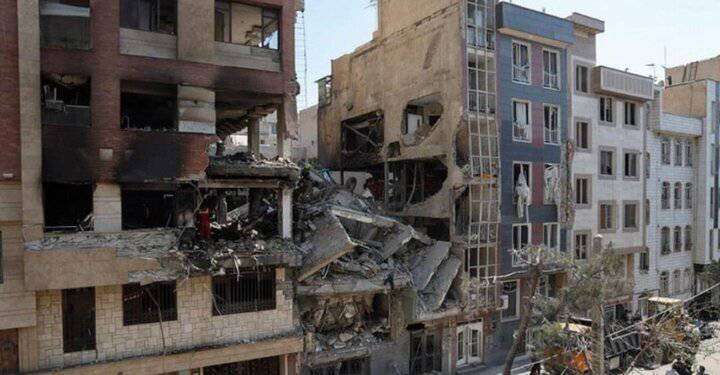
TEHRAN – Between June 13 and the following twelve days, Israel and the United States carried out airstrikes against Iranian nuclear facilities, as well as the country’s civilian and military infrastructure.
The stated goal was to prevent Iran from developing nuclear weapons, a country that has been a longtime signatory to the Non-Proliferation Treaty (NPT) and whose facilities were under the strictest supervision of the IAEA at the time.
The joint U.S.-Israeli attacks resulted in the martyrdom of over 900 Iranian civilians, military officials, and nuclear scientists. The Iran-Israel war came to a halt on June 24, after Tehran agreed to a proposal by Washington and Tel Aviv.
The following is a chronology of major events unfolded during the ’12-Day War’:
June 13

- Israel begins the war in the early hours of June 13, launching strikes against residential buildings in Tehran with full U.S. backing. Top Iranian military commanders and scientists are martyred, including Chief of Staff of the Iranian Armed Forces Mohammad Hossein Bagheri, Chief Commander of IRGC Major General Hossein Salami, the commander of the IRGC aerospace division General Amir Ali Hajizadeh, and the commander of Khatam al-Anbiya Central Headquarters Major General Gholam-Ali Rashid.
- Iran’s nuclear facilities in Fordo, Natanz and Esfahan are also struck.
- Leader of the Islamic Revolution Ayatollah Seyyed Ali Khamenei says the Israeli regime has sealed a “bitter and painful” destiny for itself.
- In separate orders, the Leader appoints new commanders to replace the assassinated ones.
- Iran retaliates on the night of June 13, with its armed forces launching the first wave of what became a 22-wave operation dubbed True Promise III.
June 14
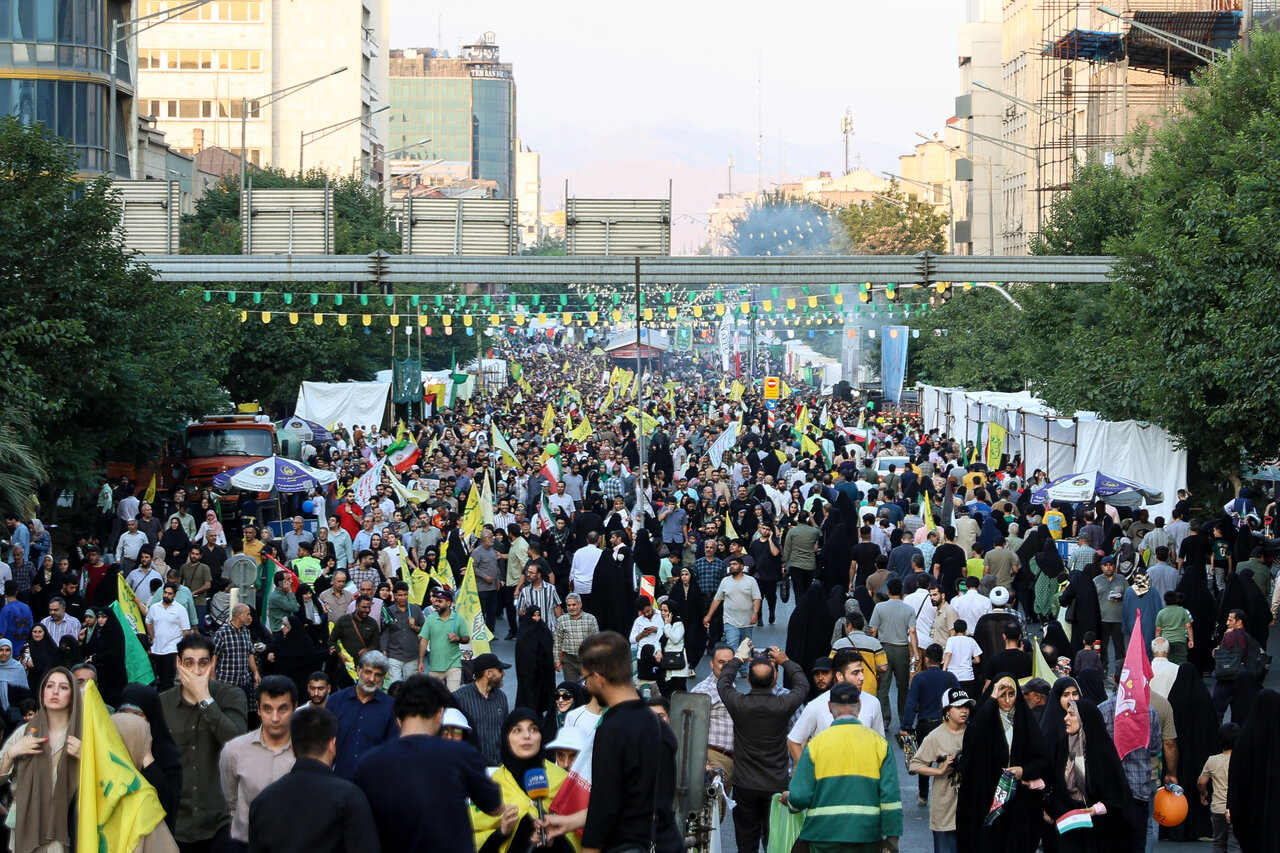
- Marking Eid al-Ghadir, millions of Iranians take to the streets to attend anti-Israeli demonstrations across the country. In Tehran, demonstrations stretches 10 kilometers from Imam Hossein to Azadi squares.
- Omani Foreign Minister Sayyid Badr bin Hamad bin Hamood Albusaidi announces the cancellation of the sixth round of Iran-U.S. nuclear talks scheduled for June 14-15.
- During a phone call Putin and Trump agree the war should end
June 15
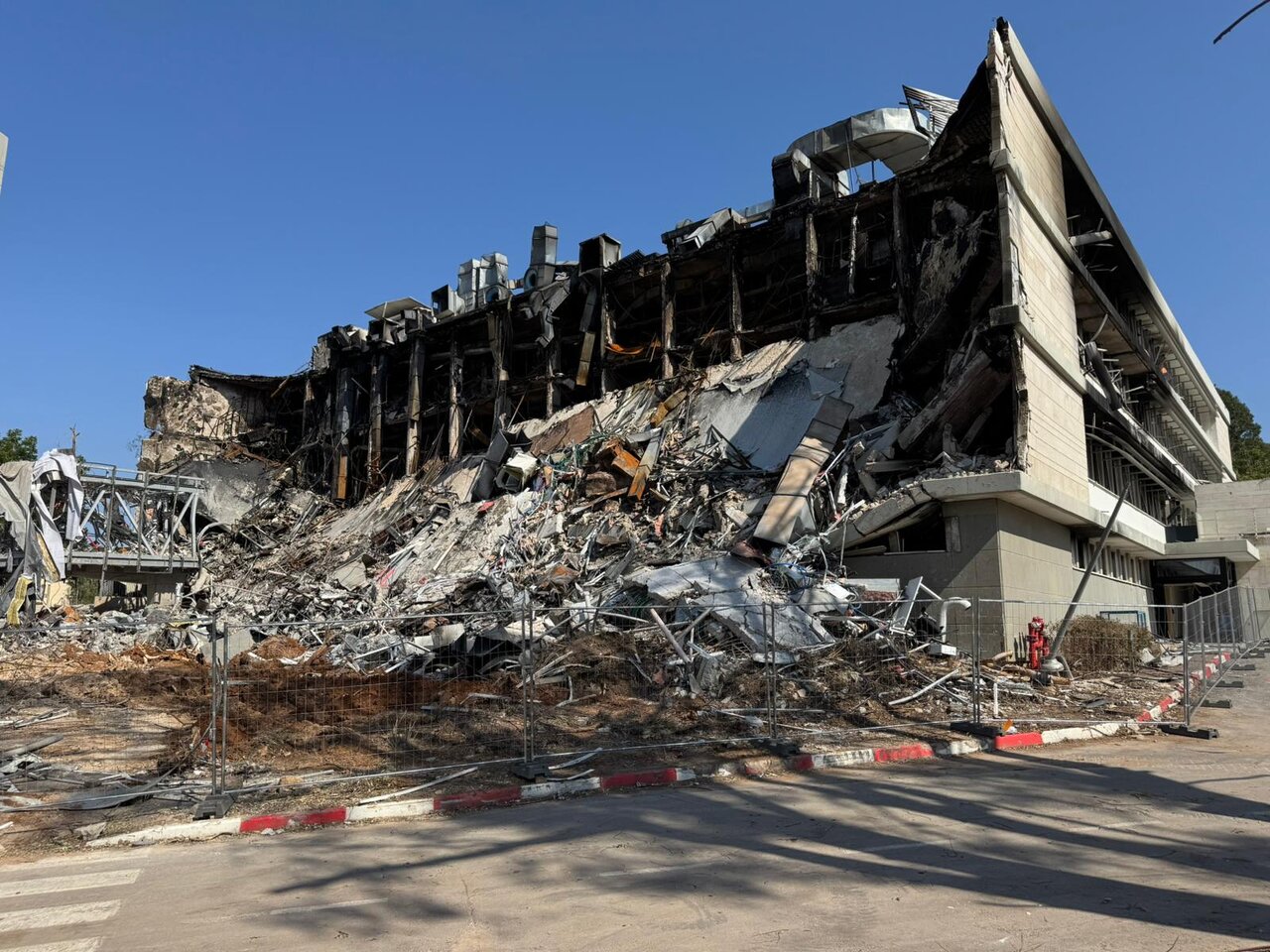
- An Iranian missile strikes Weizmann Institute of Science, causing heavy damage to multiple labs on campus. No one is killed.
- IRGC intelligence chief, Mohammad Kazemi, and his deputy Hassan Mohaqiq, are martyred in Israeli strikes on Tehran.
- Israeli missiles hit a foreign ministry building in Tehran, a military base in Isfahan, and an aerial refueling aircraft at Mashad Airport.
- Iran launches a daytime barrage against Israel for the first time. Reports say at least 15 injured during strikes on the port city of Haifa and the town of Bat Yam.
- Iran’s Foreign Minister Abbas Araghchi says Iran does not seek to expand the conflict, adding that the country has “solid evidence” of U.S. support for Israeli attacks.
- Talking to Fox News, Netanyahu confirms he informed U.S. President Donald Trump ahead of launching the attacks
June 16
- Israel attacks Iran’s national television, the IRIB, in a blatant violation of international law. One anchor named Sahar Emami is live as Israeli bombs hit the IRIB’s ‘glass building’.
- Israel’s largest oil refinery company announces shutdown of all its facilities at the Haifa Port due to the damage caused by Iran’s missile strike.
June 17
- Trump posts on social media urging an “unconditional surrender” by Iran.
- The IRGC carries out strikes on key Israeli intelligence sites in Tel Aviv, including against the Amman and Mossad headquarters.
June 18
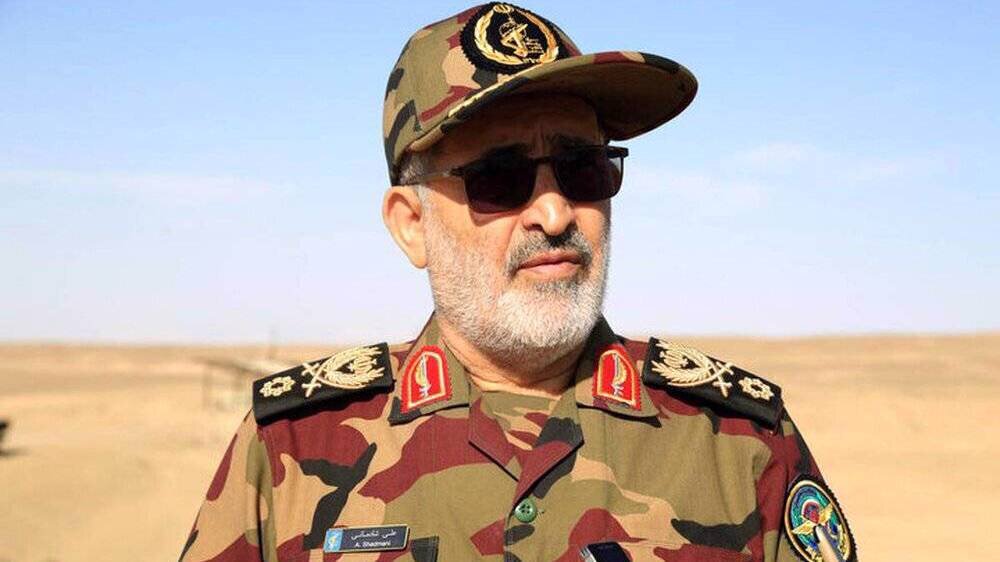
- Iran’s Armed Forces confirm the martyrdom of Khatam al-Anbiya’s new commander, Major General Ali Shadmani.
- Ayatollah Khamenei warns any direct military intervention by the U.S. would bring about “irreparable harm” for Washington.
June 19
- Israel strikes new sites in Iran, including the Arak heavy water production plant.
- Between 20 and 30 Iranian missiles target Israel’s central cities, including Tel Aviv, Ramat Gan, Holon and Beersheba.
- Israel claims Soroka hospital in the southern city of Beersheba was hit by Iranian airstrikes. The Soroka Hospital is located near two major Israeli military sites: the IDF’s main intelligence headquarters and a central command facility. Iran stresses the hospital itself was not the intended target, and that it sustained damage from the nearby blasts, an assertion later confirmed by analysts.
- White House press secretary says Trump will decide whether he would directly join the Iran-Israel war “within the next two weeks”.
June 20
- IRGC’s 17th missile wave hits military bases in Nevatim and Hatzerim.
- Air defense systems are activated in Bushehr in southern Iran, the location of the country’s only operating nuclear power plant.
- Qatari Prime Minister tells Norway’s top diplomat that Israel targeting economic facilities in Iran could lead to catastrophic regional and international repercussions.
- Araghchi meets with the foreign ministers of the UK, Germany, and France, as well as the EU foreign policy chief, in Geneva. During the talks, he expresses “grave concern” over Europe’s failure to condemn Israel’s attacks on Iran.
June 21
- Araghchi arrives in Istanbul for an OIC meeting. The organization condemns Israel’s aggression against Iran in its concluding joint statement.
- Israel attacks a nuclear site outside of Isfahan, causing the death of a 16-year-old boy who was staying in a nearby residential building.
- An Israeli strike in the city of Qom assassinates Mohammed Said Izadi, a senior official in the IRGC Quds Force.
June 22
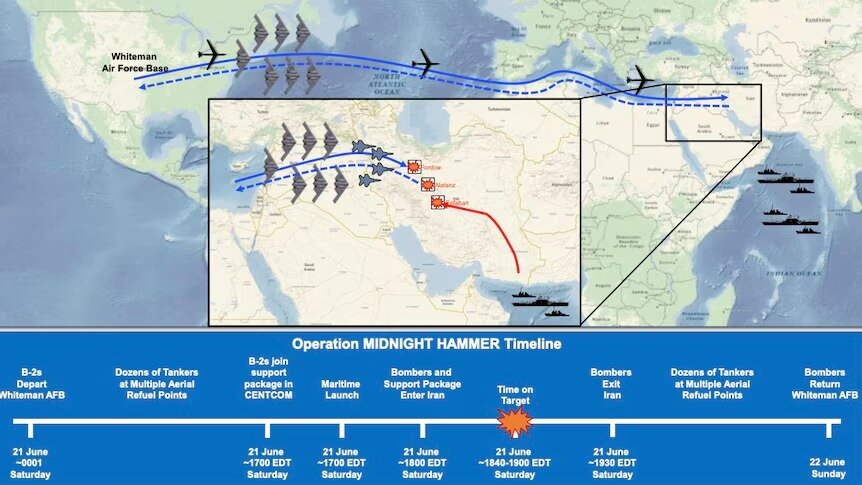
- The United Sates directly joins Israel’s war against Iran, striking three of the country’s nuclear sites located in Esfahan, Natanz and Fordow with B-2 stealth bombers and cruise missiles. U.S. media casts doubt on the real extent of the sustained damage hours after the attacks take place.
- IAEA calls the strikes a “barbaric violation” of international law but reports no radiation leaks.
June 23
- Iran’s Judiciary spokesperson says over 70 people were killed during an attack Tehran’s Evin Prison, which Israel hailed as “symbolic”.
- Araghchi meets with Russian President Vladimir Putin in Kremlin.
- IRGC strikes the most important U.S. base in West Asia, the Al Udeid Air Base in Qatar, in response to Washington’s earlier strikes on its nuclear facilities. 13 missiles are launched, 6 hit their target. No casualties are reported given that Iran gave Americans a notice 12 hours before the attack.
- Around midnight, Trump takes to social media to announce Iran and Israel have agreed to stop fighting
June 24
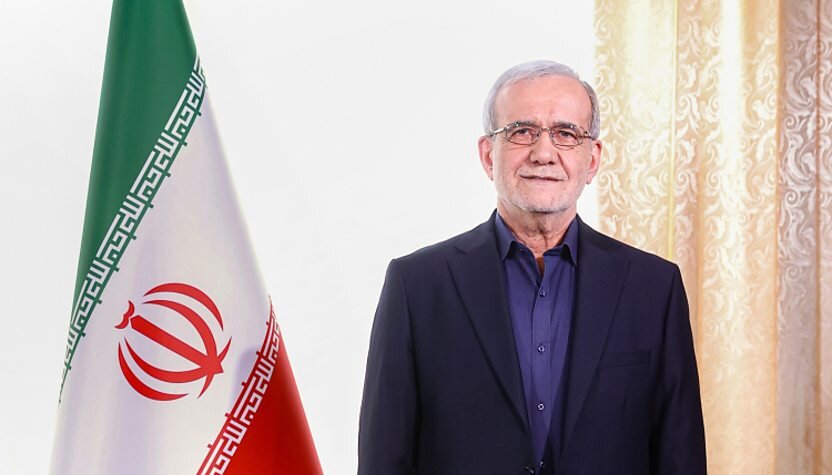
- Iran rains its last barrage of missiles on the occupied territories, with Israeli media describing the wave as the heaviest throughout the war.
- Iranian President Masoud Pezeshkian announces 12-day war has come to a halt.
- Araghchi says Iran has not agreed to a ceasefire, rather, it has agreed to halt the attacks if Israel does so.
- Trump says ceasefire must hold, Israelis scrap plans of one last assault against Iran
- Iran’s parliament says it will move towards drafting a law that will suspend cooperation with the IAEA
- Trump insists American attacks “obliterated” Iran’s nuclear sites
June 25
- Iranian Parliament approves bill to suspend cooperation with IAEA, calling the UN nuclear watchdog’s last report on Iran a “politically motivated” report that paved the way for the Israeli-U.S. attacks.
- In a post on social media, Trump says China can buy Iranian oil. Analysts believe China was going to continue its purchase of Iranian oil regardless.
- Iran’s Defense Minister, Brigadier General Aziz Nasirzadeh visits China for the two-day SCO summit.
June 26
- In his first statement since the end of the war, Ayatollah Khamenei congratulates victory over aggressors. He adds Iran will not surrender to the U.S.
- Iran’s government spokesman Fatemeh Mohajerani tells CBS that the country will continue to pursue its peaceful nuclear program.
June 27
- Trump says he would ‘absolutely’ consider bombing Iran again. The president also lashes out at U.S. media outlets claiming his attacks on Iran have not been as successful as he portrays them to be.
June 28
- Over a million citizens take part in a funeral ceremony taking place in Tehran. 60 individuals killed by Israel, including military commanders, nuclear scientists, and civilians, are honored during the grand funeral.
- Ali Shamkhani, advisor to the Leader, makes his first public appearance after getting targeted by Israel. He says in a subsequent interview that he will continue his efforts for Iran and its people.
June 29
- Imam Khomeini International Airport welcomed its first foreign flight since the outbreak of the war as the Flydubai flight from the UAE lands, reports IRNA.
July 5
- Ayatollah Khamenei attends a public mourning ceremony marking the martyrdom of Imam Hussain (AS) at the Imam Khomeini Hussainiya in Tehran. Western and Israeli media had claimed that the Leader is in “hiding”.
- Iran resumes international flights after a 20-day hiatus
Leave a Comment